Written by Todd Waters, Agricultural Technician Supervisor
On Saturday April 24 the Entomology Department joined AGNR and UME to participate in UMD Day at the Maryland State Fair. Our Insect Zoo guru, Todd Waters, organized a group of wonderful volunteers to run the tables and Dr. Michael Raupp carried a forward detachment of chitinous friends for an early morning interview on Fox45 Baltimore to advertise the event. We were provided tables in the 4-H and Home Arts Building and arrived before noon with a car full of terraria and arthropods. Before we could even set the first enclosure on the table, we were surrounded by a swarm of curious onlookers squirming in shock and fluttering with excitement. They were but moths, and our exhibit the finest lamp. Dr. Leslie Pick, covered in stick bugs, and Dr. Raupp, with a large tarantula in his hands, flourishingly convinced terrified spectators to hold Malaysian Giant Leaf Bugs, and our illustrious Chilean Rose Hair Tarantula “Rosie,” all of them becoming instant fans.  Professor Emeritus, Don Messersmith, who retired in 1989, celebrated his 90th birthday last December. After he retired from the University of Maryland in 1989, he continued to teach adult courses in Orthnithology in the DMV area and still continues that work today. He teaches part-time to senior citizens enrolled in the Osher Program at Johns Hopkins University in Rockville. The course he is currently developing for the upcoming Hopkins’ program is titled "Culture and Wildlife." The course will focus on how cultures around the world incorporate wildlife into their ceremonies, traditions, art, dances, costumes, etc. To read more about Don's past and present influence check out recent message from North American Association for Environmental Education's Executive Director, Judy Braus. Read article here>> Written by: Lindsay Barranco and Krisztina Christmon
Sam Droege is a wildlife biologist at USGS Patuxent Wildlife Research Center in Laurel, Maryland, where he runs the Native Bee Lab and conducts research that focuses on wild bee population conservation and management. Researchers far and wide send Sam bee specimens for identification and his work involves maintaining an inventory and monitoring program for native bees, and providing an online identification guide for North American bees at www.discoverlife.org . Publications
Cato A, ^ Afful E, Nayak MK and Phillips TW. Evaluation of Knockdown Bioassay Methods to Assess Phosphine Resistance in the Red Flour Beetle, Tribolium castaneum (Herbst) (Coleoptera: Tenebrionidae). Insects. 2019. https://dx.doi.org/10.3390%2Finsects10050140 Dively GP, Huang F, Oyediran I, Burd T and Morsello S. Evaluation of gene flow in structured and seed blend refuge systems of non-Bt and Bt corn. Journal of Pest Science. 2019. https://link.springer.com/article/10.1007/s10340-019-01126-4 Thompson BM, Bodart J and Gruner DS. Community resistance to an invasive forest insect–fungus mutualism. Ecosphere. 2019. DOI: https://doi.org/10.1002/ecs2.2609 ^Lewis MT, and Hamby K.A. Differential impacts of yeasts on feeding behavior and development in larval Drosophila suzukii (Diptera:Drosophilidae). Scientific Reports. 2019. (manuscript accepted) Serrano-Brañas CI, Espinosa-Chávez B and ^MacCracken SA. Teredolites trace fossils in log-grounds from the Cerro del Pueblo Formation (Upper Cretaceous) of the state of Coahuila, Mexico. Journal of South American Earth Sciences. 2019. https://doi.org/10.1016/j.jsames.2019.102316 Niu K, Xiang L, Jin Y…[& 10 others including Wang J]. Identification of LARK as a novel and conserved G-quadruplex binding protein in invertebrates and vertebrates. Nucleic Acids Research. 2019. DOI: DOI: https://doi.org/10.1093/nar/gkz484 Shen C, Zhang Y, Xia D, Wang J and Tang Q. Sensilla on the Antennal Funiculus of the Maize Weevil, Sitophilus zeamais (Motschulsky) (Coleoptera: Curculionidae): A Morphological Investigation. The Coleopterists Bulletin. 2019. DOI: https://doi.org/10.1649/0010-065X-73.2.443 Talks and Presentations ^Abell KJ, ^Andrade RB, Duan JJ, Gruner DS and Shrewsbury PM. “Do treated ash trees confer a protective ‘silhouette’ from emerald ash borer for neighboring trees? Joint meeting of IUFRO Working Parties: Population dynamics and integrated management of forest insects, Quebec City, Canada. 2019. Gruner DS, Rankin EEW, Knowlton JL, Flaspohler DJ, Giardina CP, and Fukami T. “Does forest fragment size mediate the impacts of introduced rodent predators? Foraging behavior of Hawaiian birds and their arthropod resources.” 56th Annual Meeting of the Association for Tropical Biology and Conservation, Antananarivo, Madagascar.2019. ^Jayd K, R MacKenzie, M Apwong and DS Gruner. “Mangrove herbivory across a salinity gradient.” Annual Meeting of the Entomological Society of America, St. Louis, MO.2019. Pick L. "What is RNA interference, and how will it affect the future of food?" Tech Talk. USDA, Washington DC. 2019 ^Tielens EK and Gruner DS. "Insect communities across a space for time chronosequence converge over time: analyzing patterns and drivers of beta-diversity on Hawai‘i." Annual Meeting of the Ecological Society of America, Louisville, KY.2019. Bold ENTM Faculty; ^ENTM current/former graduate student or post-doc; *ENTM research staff 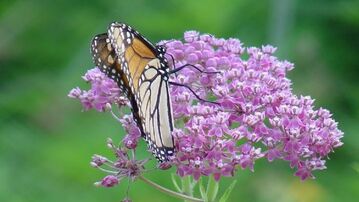 Image Credit: SHA Image Credit: SHA This summer, Lisa Kuder (PhD Student, vanEngelsdorp lab) wrapped up her research project with The Maryland Department of Transportation State Highway Administration (MDOT SHA) titled, “Evaluating Integrated Roadside Vegetation Management (IRVM) Techniques to Improve Pollinator Habitat.” This three-year field study had two main goals: to determine which vegetation management tactics best maximize quality floral resources for pollinators in the Northeast, and to assess how those different regimes affect regional bee populations. The findings show that managing roadsides via selective herbicide use (SH) and annual fall mow (fall mow) can significantly increase floral diversity and bee abundance compared to a traditional frequent mowing (turf) regime. While differences between treatments – SH and fall mow – were detected, they were not significant. Bee diversity, which accounts for both abundance and the evenness of species in a given area, was mainly determined by site/surrounding landscape not treatment and was the sole significant factor. Given that floral abundance and diversity, as well as bee abundance, were increased under SH and fall mow compared to turf plots, both Integrated Roadside Vegetation Management (IRVM) practices have shown great potential in supporting pollinators. The final report can be read here>> 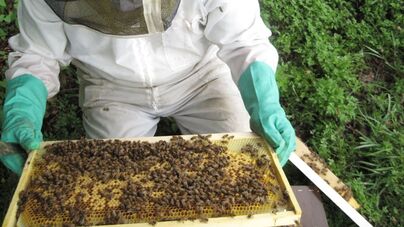 Photo Credit: CMNS Photo Credit: CMNS Congratulations to the vanEngelsdorp Lab for their work on the 13th Annual Honey Bee Loss Survey. The 13th Annual BIP Honey Bee Colony Loss Survey was released in June. The survey showed that U.S. beekeepers lost almost 40% of their bee colonies last winter, the largest loss recorded in 13 years. Researchers are using this data to establish best management practices that will help beekeepers improve the health of bees. Thanks to the Colleges’ communication teams the survey gained widespread media coverage. Read the CMNS press release here>> Other notable media mentions include: The Washington Post, The Baltimore Sun, NPR's The Salt, The Guardian, The San Francisco Chronicle, Kojo Nnamdi, ABC7 and FOX5.
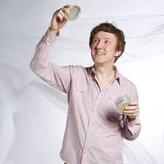 Photo Credit: CMNS Photo Credit: CMNS Distinguished University Professor Raymond St. Leger has been elected as a Fellow of the Entomological Society of America. Dr. St. Leger is internationally known for his research on insect pathogenic fungi and for developing approaches to modify these pathogens to combat insect vectors of human disease and agricultural pests. Ray will be recognized during the Annual ESA Meeting, November 17-20 in St. Louis, MO. Read ESA's press release here>> |
Categories
All
Archives
June 2024
|
Department of Entomology
University of Maryland
4112 Plant Sciences Building
College Park, MD 20742-4454
USA
Telephone: 301.405.3911
Fax: 301.314.9290
University of Maryland
4112 Plant Sciences Building
College Park, MD 20742-4454
USA
Telephone: 301.405.3911
Fax: 301.314.9290

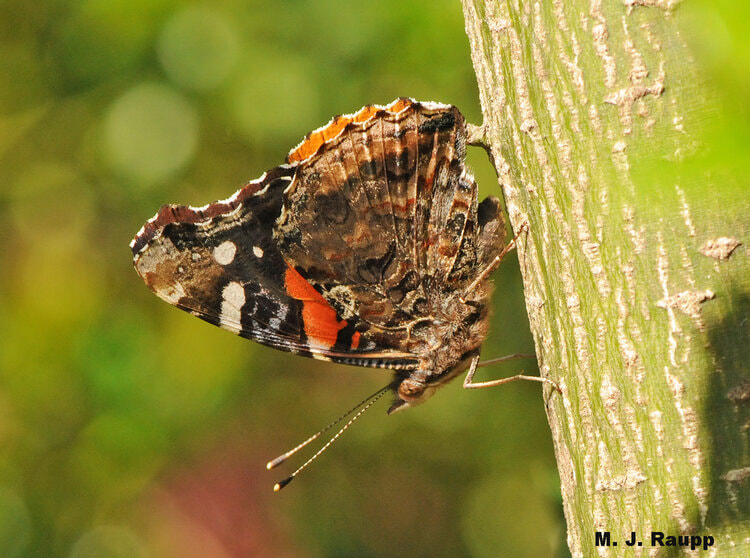
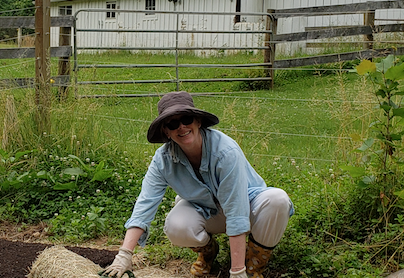
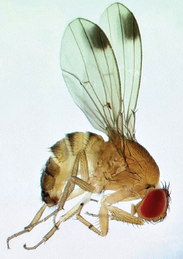
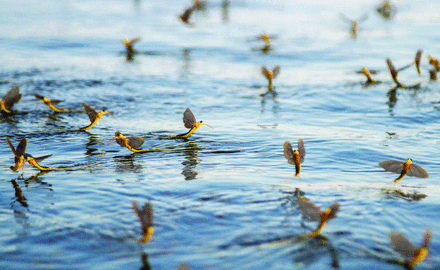
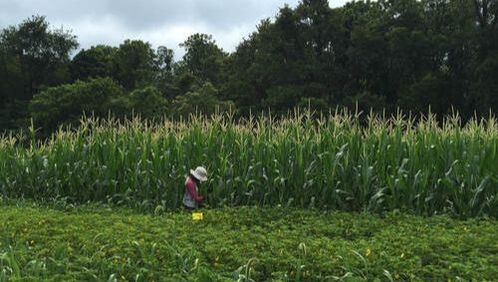
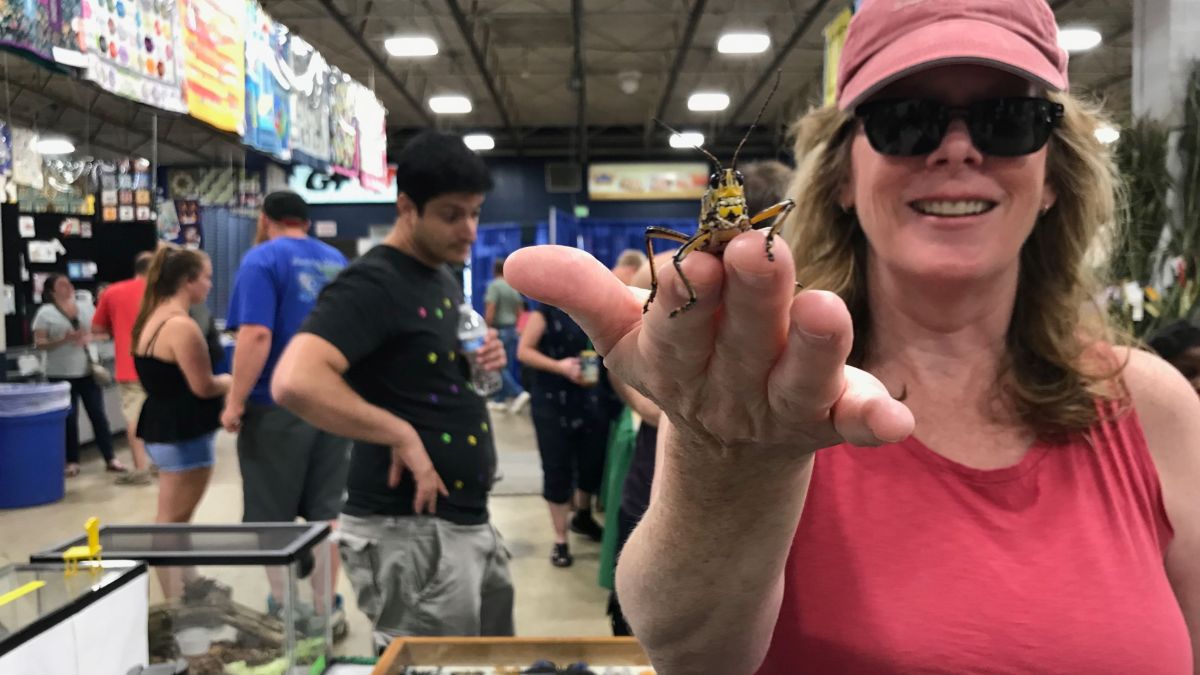
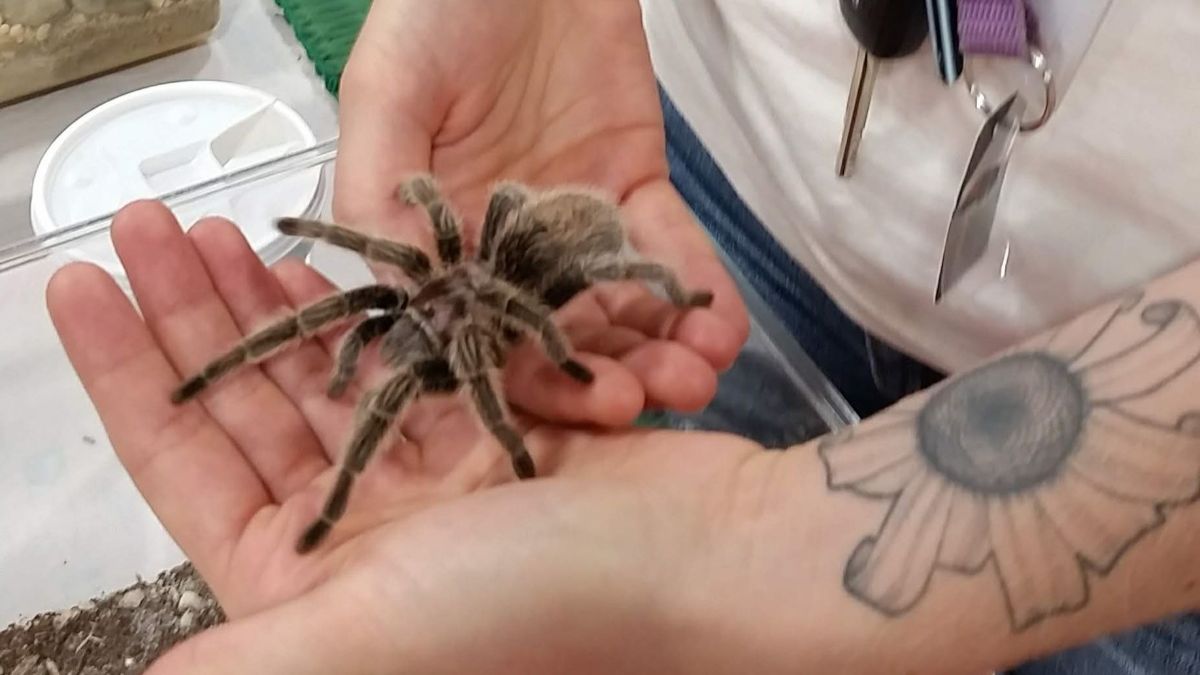
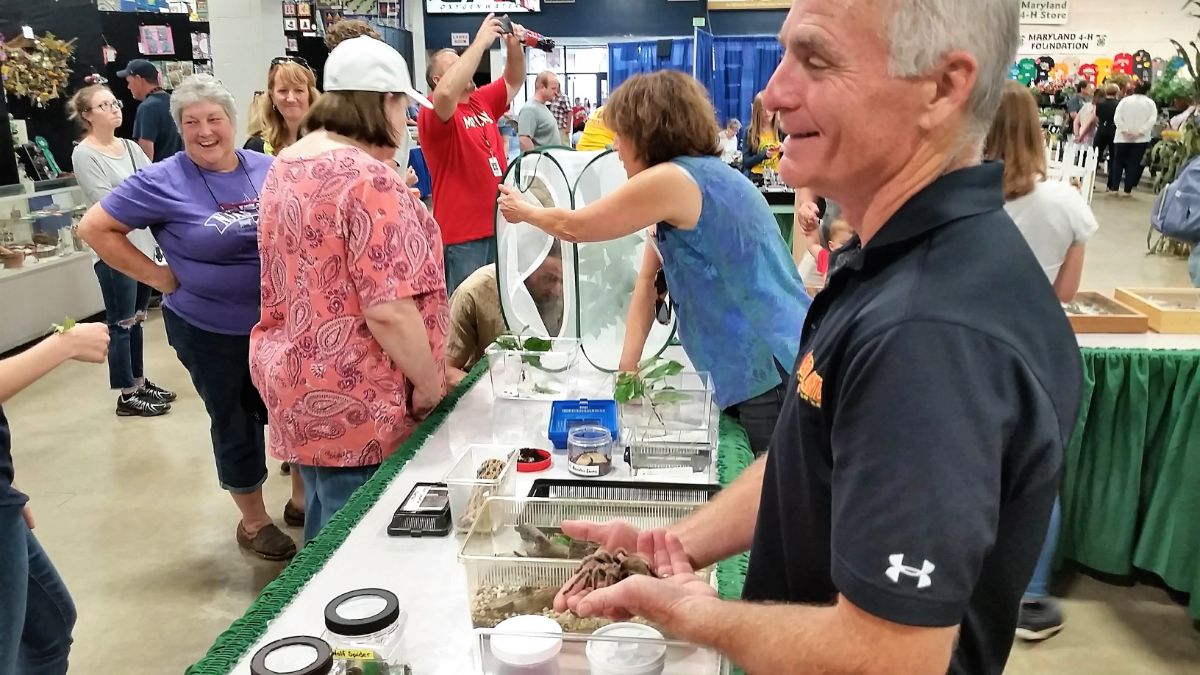
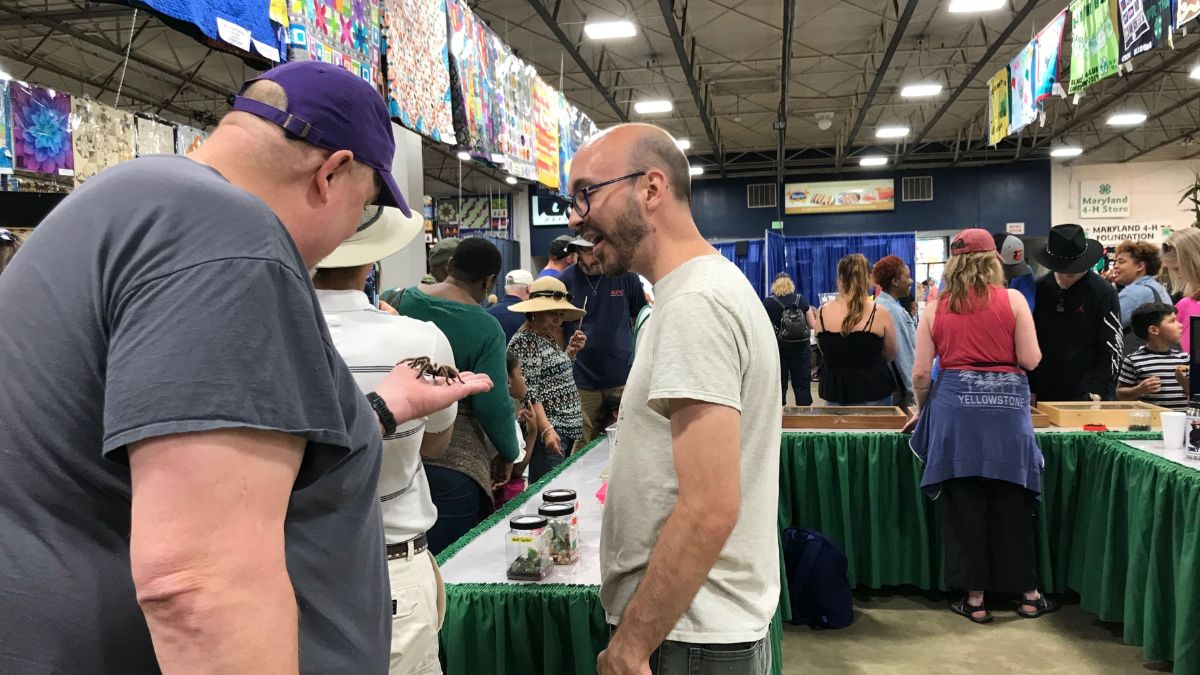
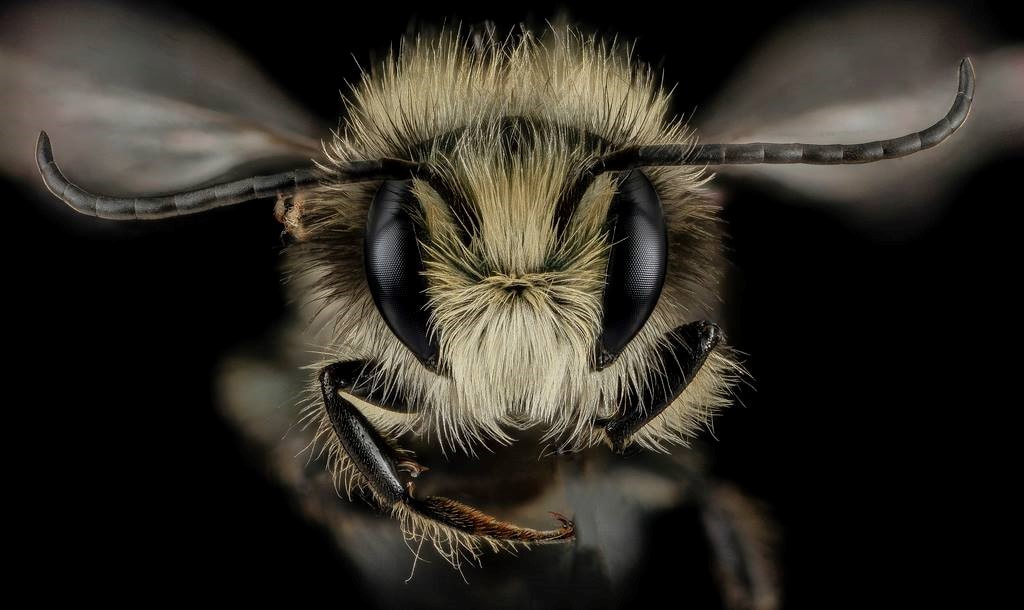

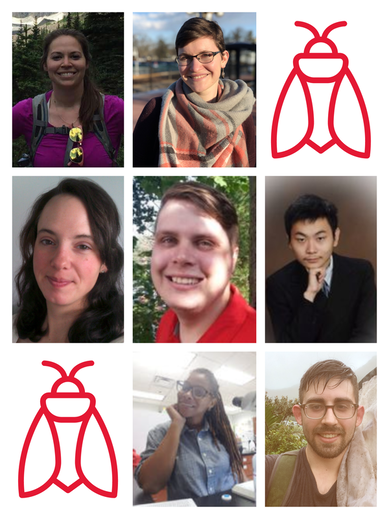
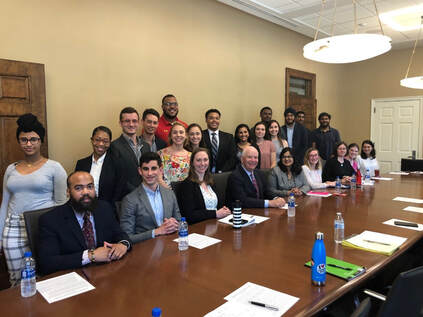
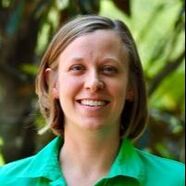
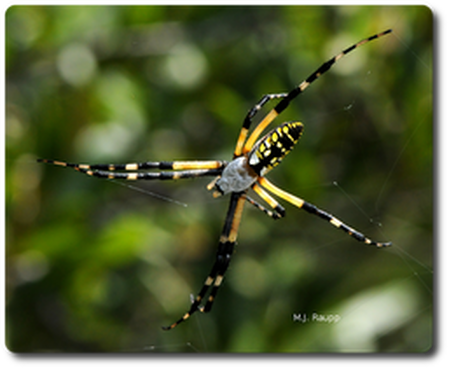
 RSS Feed
RSS Feed




